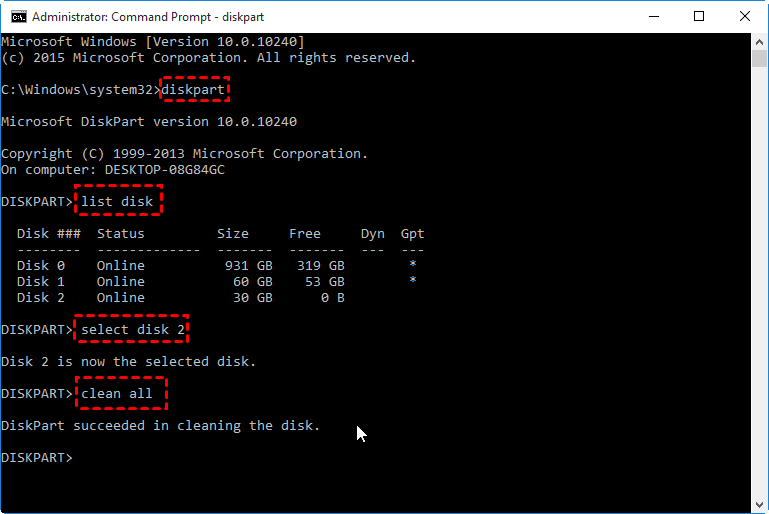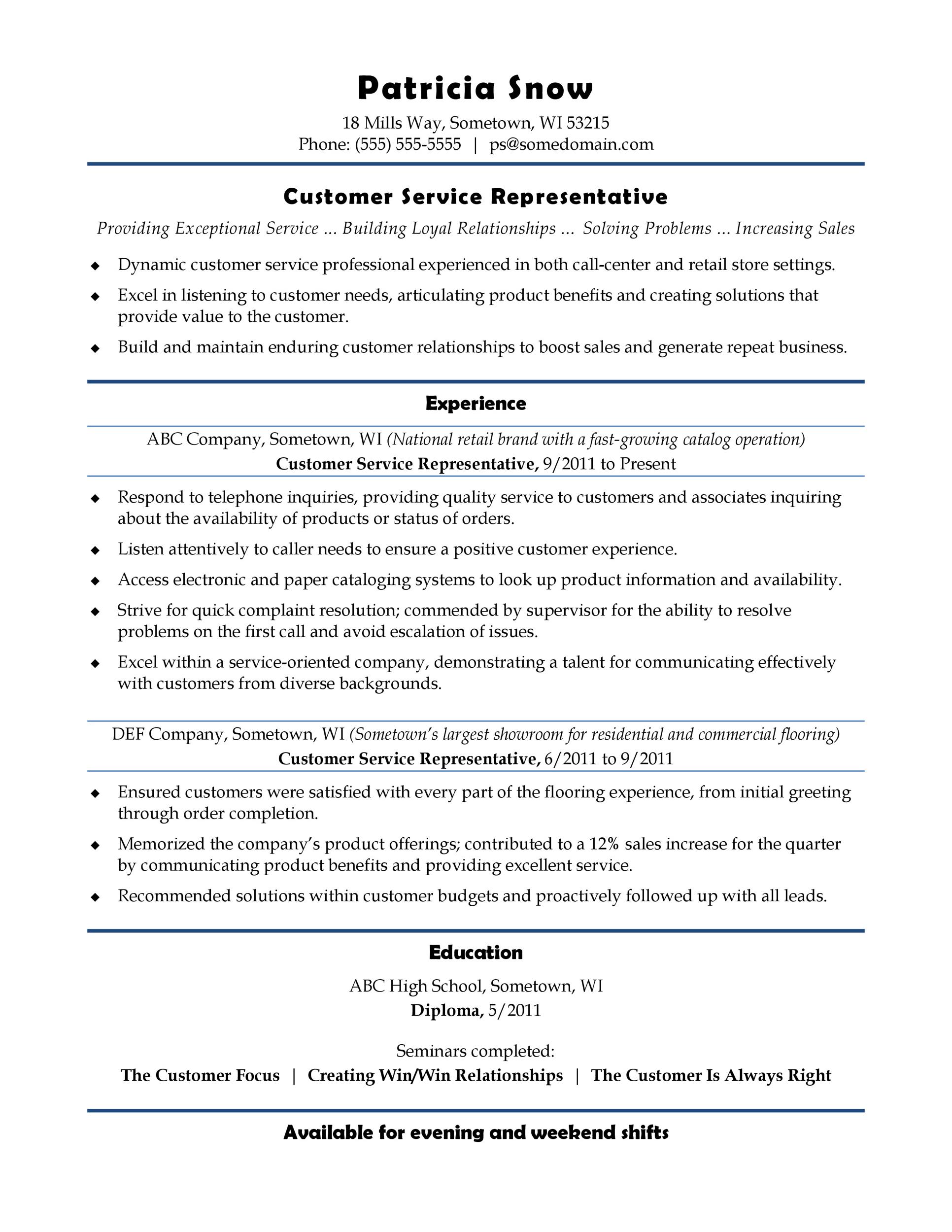The Ultimate Guide to Authorized Signatures
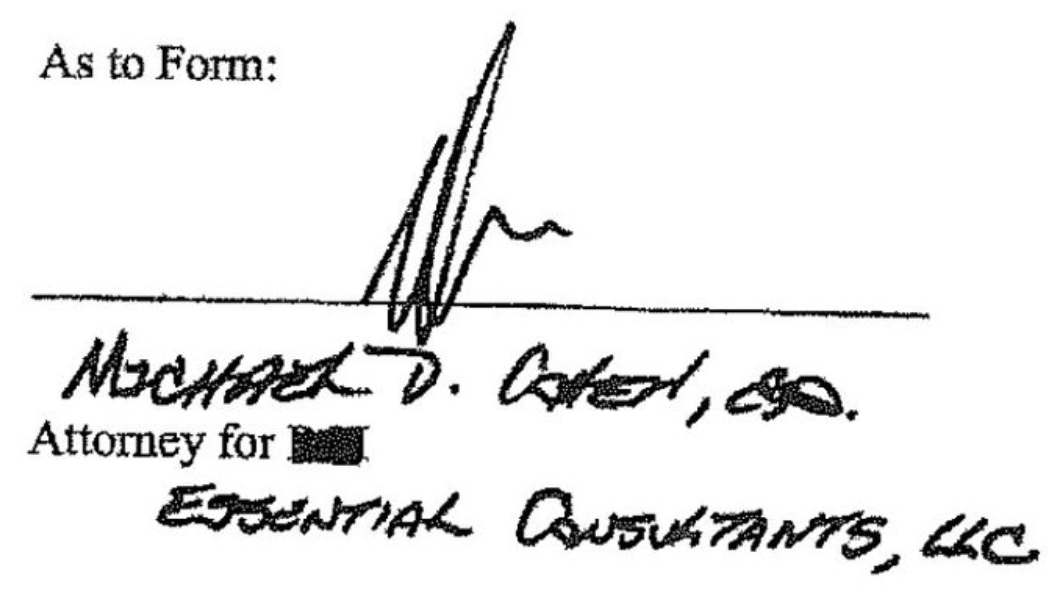
Authorized signatures are an essential component of any organization's operations, especially when it comes to legal and financial matters. These signatures ensure that critical decisions and transactions are approved by authorized individuals, providing a layer of security and accountability. In this comprehensive guide, we will delve into the world of authorized signatures, exploring their significance, the processes involved, and the best practices to implement for efficient and secure operations.
Understanding Authorized Signatures

Authorized signatures, often referred to as signatures of authority, are legally recognized marks or signatures that represent an individual’s or entity’s approval or consent to a particular action or transaction. These signatures hold immense importance in various industries, from banking and finance to legal services and corporate governance.
The concept of authorized signatures dates back to ancient times when seals and signatures were used to authenticate documents and agreements. Over the centuries, the practice has evolved, with modern businesses adopting sophisticated systems to manage and control authorized signatures.
Authorized signatures play a pivotal role in maintaining the integrity of an organization's operations. They ensure that critical decisions are made by the right individuals, reducing the risk of fraud, errors, and unauthorized activities. By implementing robust authorized signature processes, businesses can enhance their reputation, maintain compliance with regulations, and protect their interests.
The Process of Obtaining Authorized Signatures
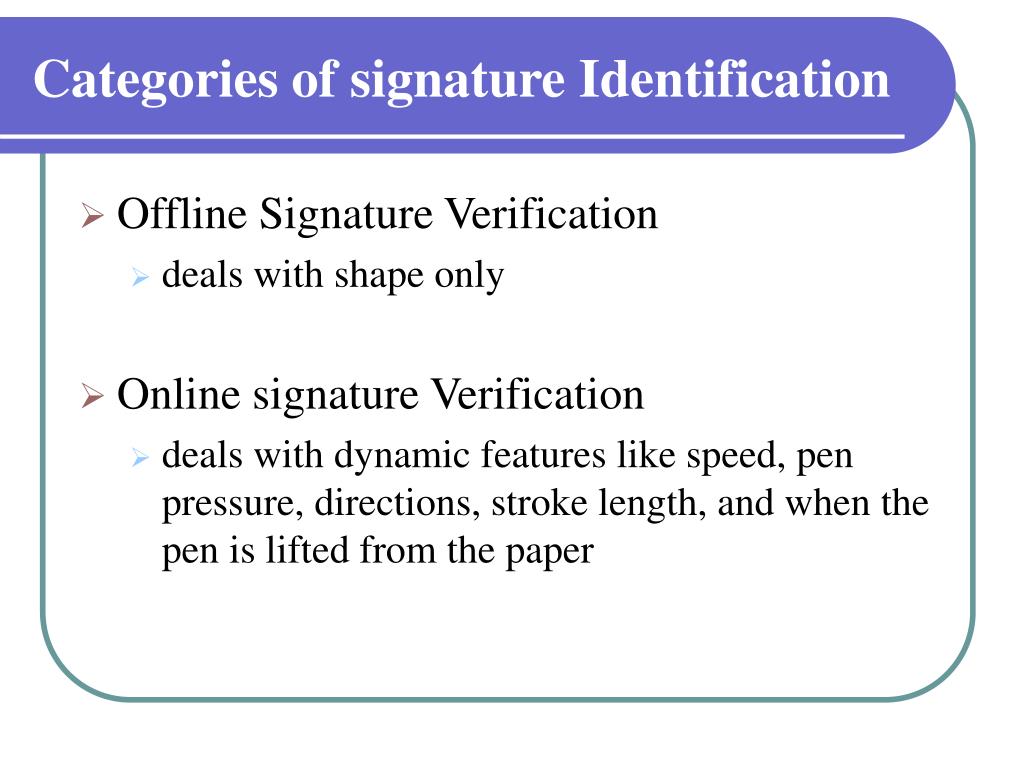
Obtaining authorized signatures involves a series of steps and considerations. Let’s explore the key elements of this process:
1. Identifying Authorized Individuals
The first step is to identify the individuals within the organization who are authorized to provide signatures. This typically involves defining roles and responsibilities, such as the CEO, CFO, or designated board members. The identification process should be well-documented and easily accessible to all relevant parties.
For example, a company may have a policy stating that any financial transaction over a certain amount requires the signature of both the CEO and the CFO. This ensures that significant financial decisions are made collaboratively and with due diligence.
2. Establishing Signature Protocols
Once the authorized individuals are identified, the next step is to establish clear protocols for signature collection and verification. These protocols should outline the following:
- Signature Requirements: Define the type of signature (electronic, physical, or both) and any specific requirements, such as the use of digital certificates or biometric authentication.
- Document Preparation: Outline the process for preparing documents that require authorized signatures, including the use of templates, digital signatures, and secure storage.
- Signature Capture: Specify the methods for capturing signatures, whether through physical signing, digital signature pads, or electronic signature software.
- Verification Process: Establish a robust verification process to ensure the authenticity of authorized signatures. This may involve comparing signatures, checking for tampering, and maintaining signature records.
3. Implementing Secure Signature Solutions
To ensure the security and integrity of authorized signatures, organizations should invest in secure signature solutions. These solutions can include:
- Electronic Signature Platforms: Utilizing advanced electronic signature platforms that provide a seamless and secure signing experience. These platforms often offer features like digital certificates, encryption, and audit trails.
- Biometric Authentication: Employing biometric technologies, such as fingerprint or facial recognition, to verify the identity of authorized signatories. This adds an extra layer of security and reduces the risk of signature forgery.
- Digital Signature Certificates: Issuing digital signature certificates to authorized individuals, which can be used to verify their identities and signatures electronically. These certificates are typically issued by trusted certificate authorities.
Best Practices for Authorized Signatures
Implementing best practices for authorized signatures is crucial to maintaining the efficiency and security of an organization’s operations. Here are some key recommendations:
1. Standardize Signature Policies
Develop comprehensive signature policies that outline the procedures, responsibilities, and requirements for authorized signatures. Ensure that these policies are easily accessible to all employees and stakeholders. Regularly review and update these policies to adapt to changing regulations and business needs.
2. Train and Educate Employees
Provide training and education to employees on the importance of authorized signatures and the proper procedures to follow. This helps ensure that everyone understands their roles and responsibilities, reducing the risk of errors and unauthorized actions.
3. Implement Signature Auditing
Establish a signature auditing process to regularly review and verify the authenticity of authorized signatures. This process should include random checks, signature comparisons, and the review of signature records. Auditing helps identify any potential issues or vulnerabilities in the signature process.
4. Utilize Secure Communication Channels
When transmitting documents requiring authorized signatures, ensure the use of secure communication channels. This may involve encrypting sensitive documents, utilizing secure email services, or implementing virtual private networks (VPNs) for data transmission.
5. Backup and Recovery Plans
Develop backup and recovery plans for signature records and documents. In the event of data loss or system failures, having reliable backups ensures that authorized signatures and related information can be retrieved quickly and accurately.
The Impact of Authorized Signatures on Business Operations
Authorized signatures have a significant impact on various aspects of business operations. Let’s explore some key areas where authorized signatures play a critical role:
1. Legal Compliance
Authorized signatures ensure that organizations remain compliant with legal and regulatory requirements. By having authorized individuals sign off on critical documents, businesses can demonstrate their adherence to laws and regulations, reducing the risk of legal issues and penalties.
For instance, in the healthcare industry, authorized signatures are crucial for patient consent forms, ensuring that patients understand and agree to proposed treatments or procedures.
2. Financial Transactions
In the realm of finance, authorized signatures are essential for approving and executing financial transactions. These signatures provide a layer of security, preventing unauthorized access to funds and ensuring that financial decisions are made by authorized individuals.
Imagine a scenario where a financial institution implements a strict authorized signature policy for wire transfers. This policy ensures that only authorized individuals can initiate and approve such transactions, reducing the risk of fraud and unauthorized money transfers.
3. Corporate Governance
Authorized signatures are integral to corporate governance, particularly in decision-making processes. By requiring authorized signatures for key decisions, organizations can maintain transparency, accountability, and control over their operations. This ensures that decisions are made in the best interest of the company and its stakeholders.
4. Contract Management
Authorized signatures are vital for contract management, as they signify the consent and agreement of all parties involved. Whether it’s employment contracts, vendor agreements, or partnership deals, authorized signatures provide legal validity and enforceability to these agreements.
The Future of Authorized Signatures
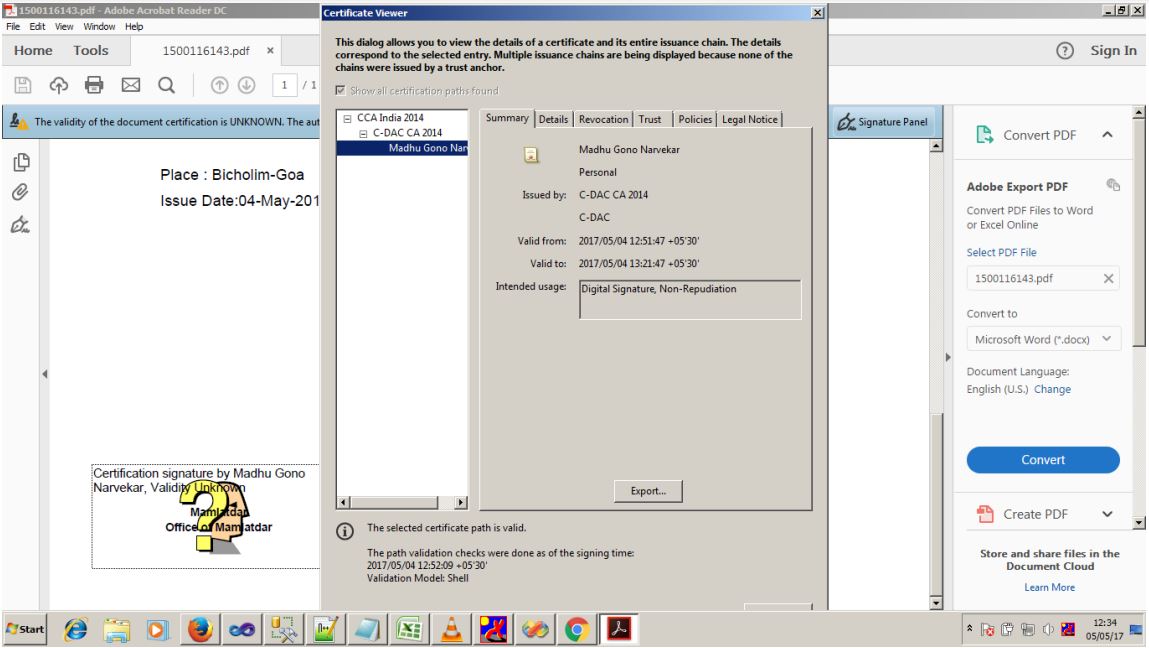
As technology continues to advance, the future of authorized signatures holds exciting possibilities. Here’s a glimpse into the potential developments:
1. Blockchain Technology
Blockchain, the technology behind cryptocurrencies like Bitcoin, offers a secure and decentralized platform for authorized signatures. By utilizing blockchain, organizations can enhance the security and immutability of signature records, ensuring that signatures cannot be tampered with.
2. Biometric Authentication Advancements
Biometric authentication is expected to become even more sophisticated and widely adopted. Advances in facial recognition, iris scanning, and voice recognition technologies will further enhance the security and convenience of authorized signatures.
3. Integration with Smart Contracts
Smart contracts, self-executing contracts with predefined rules, have the potential to revolutionize authorized signatures. By integrating authorized signatures with smart contracts, organizations can automate and streamline various business processes, reducing the need for manual intervention.
4. Remote Signature Solutions
With the increasing trend of remote work, remote signature solutions will become even more prevalent. These solutions will enable authorized individuals to provide signatures securely from anywhere, without the need for physical presence.
Conclusion
Authorized signatures are a cornerstone of modern business operations, providing security, accountability, and legal compliance. By implementing robust processes, utilizing secure signature solutions, and adopting best practices, organizations can ensure the integrity of their operations and protect their interests. As technology continues to evolve, the future of authorized signatures promises enhanced security, efficiency, and innovation.
What is the legal significance of authorized signatures?
+Authorized signatures hold legal significance as they represent an individual’s or entity’s consent to a particular action or agreement. They provide legal validity and enforceability to documents, ensuring that all parties involved are bound by the terms and conditions outlined.
How can organizations ensure the security of authorized signatures?
+Organizations can enhance the security of authorized signatures by implementing secure signature solutions, such as electronic signature platforms with encryption and digital certificates. Additionally, biometric authentication and regular signature auditing can further strengthen security measures.
What are the key benefits of implementing authorized signature protocols?
+Implementing authorized signature protocols brings several benefits, including improved legal compliance, enhanced security, reduced fraud risks, and increased operational efficiency. It ensures that critical decisions are made by authorized individuals, protecting the organization’s interests and reputation.

